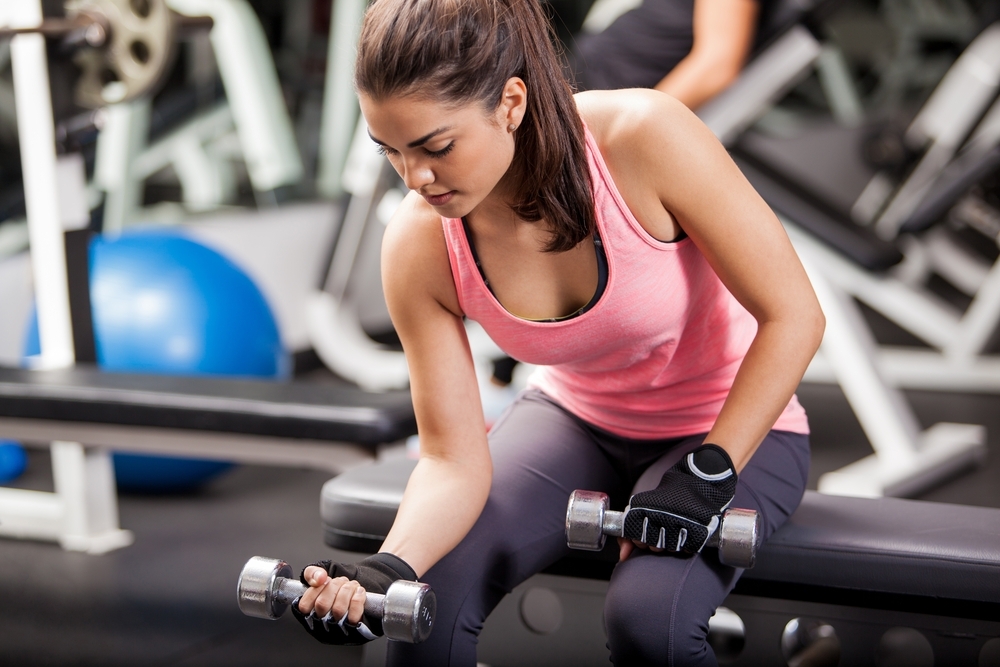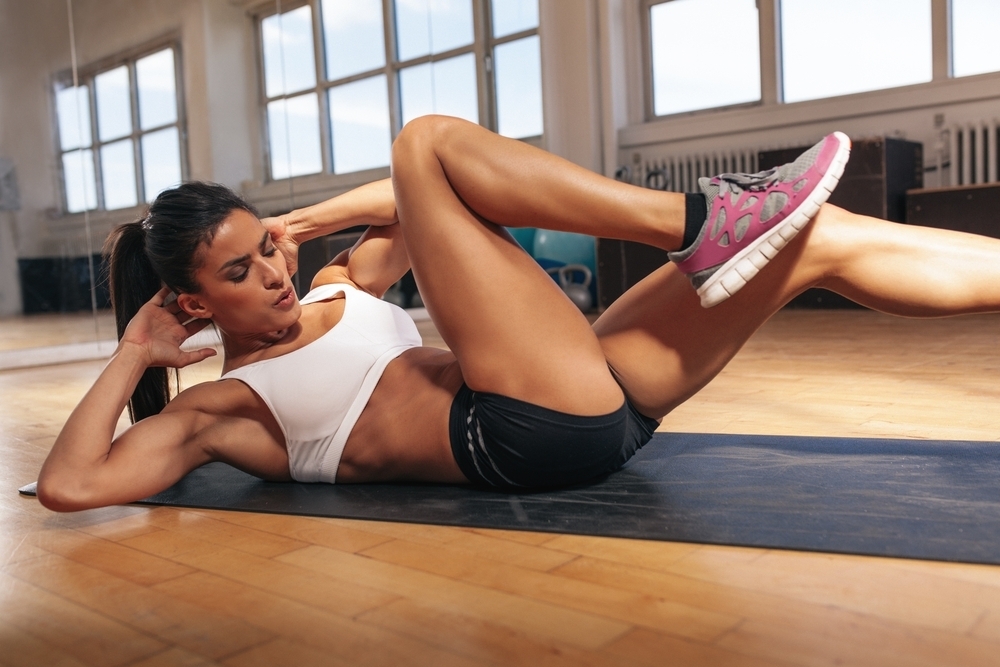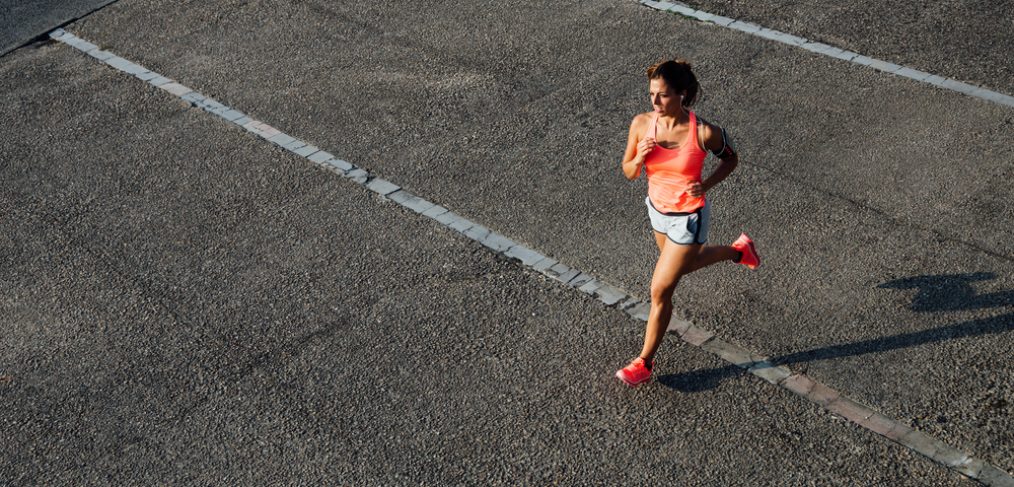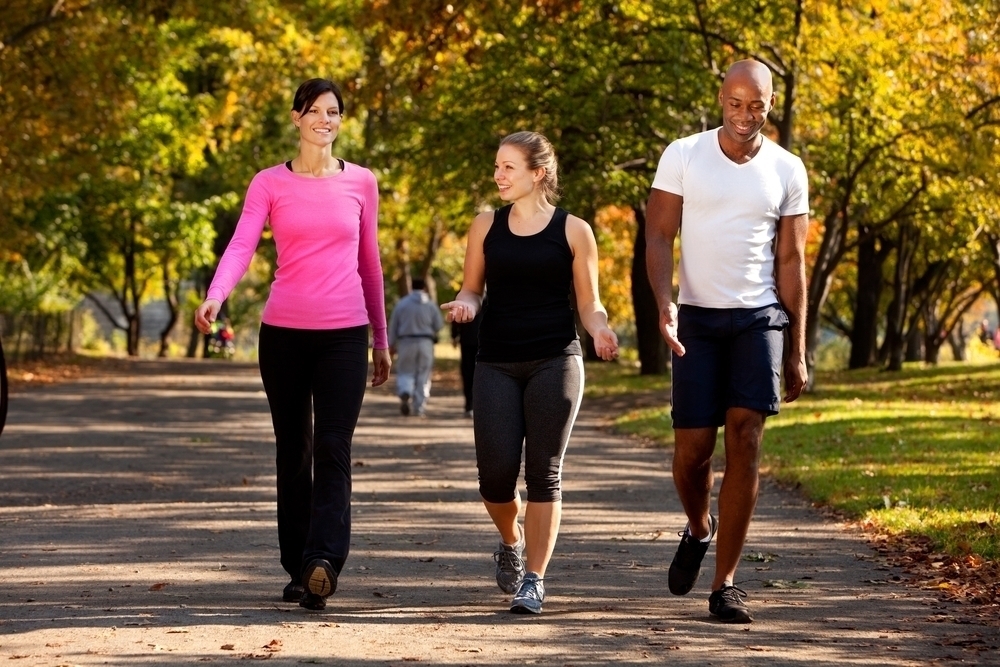So you’re all set. You’ve got your sports bra, your yoga pants, your sweatband, and your athletic sneakers. You’ve even got a cool pair of those cut-off gloves to help you grip the equipment better. You’ve got it all planned out. Ten minutes on the treadmill, a few lifts, ten minutes on the stationary bike, and a few reps on the elliptical. Start with a few stretches, check yourself in the mirror, you’ve got this. You step up on the treadmill, start it up, two minutes later, you’re ready to hit the showers. If you want to make your investments in workout gear and gym memberships pay off, it’s probably in your best interest to be able to use them for more than ten minutes at a time, and that means you need to build stamina. Stamina is the body’s ability to partake in physical activity without fatigue or having to quit before reaching your goals. If you need to increase your endurance and make your investments pay off, here are some exercises that may help.
Balance
Balance is key to endurance. According to the American College of Sports Medicine, improving balance is a crucial component of stamina building. Training tools like a balance pillow, balance disc, foam roller, balance board, or a stability board are all great for building balance. If you’re using a balance disc, try to stand or sit on it while keeping your body steady.

Free Weights
Free weights can increase stamina while increasing your muscles size and boosting overall health levels. Use hand-held barbells for lifts, focusing on the legs, torso, and upper body. One to three sets of 15 to 20 reps should help with building muscle endurance.
Intervals
Interval training entails alternating between short bouts of high-intensity exercise with longer bouts of lower intensity ones. Research published in the journal “Medicine and Science in Sports and Exercise,” found that while subjects who engaged in moderate cycling for an hour a day for six weeks showed improved physical endurance, they showed no such change in anaerobic endurance. In contrast, cyclists performing eight sets of high-intensity 20-second intervals with 10 second rest periods for six weeks improved not only aerobic endurance but also increased anaerobic stamina by 28 percent.

Circuits
Circuit training refers to the use of three to twelve different exercise stations that combine strength training with cardiovascular exercise, putting all muscle groups to work. Because circuit training challenges both anaerobic and aerobic endurance, it is a great way to build stamina. Aim to perform each exercise for thirty seconds, giving yourself a 30-second break in-between. As your stamina increases, try reducing rest periods to 15 seconds while increasing work time to 45 seconds.
Medicine Balls
Working out with medicine balls is another way to lengthen staying power, and are great for doing V-ups. V-ups require lying on your back with your arms outstretched overhead holding a medicine ball with your legs down. Raise your legs into a V-position while using your arms to raise the medicine ball over your head. Lower your arms and legs and repeat.
How are you working to improve your stamina? Let us know how your lasting longer to reach your goals!






